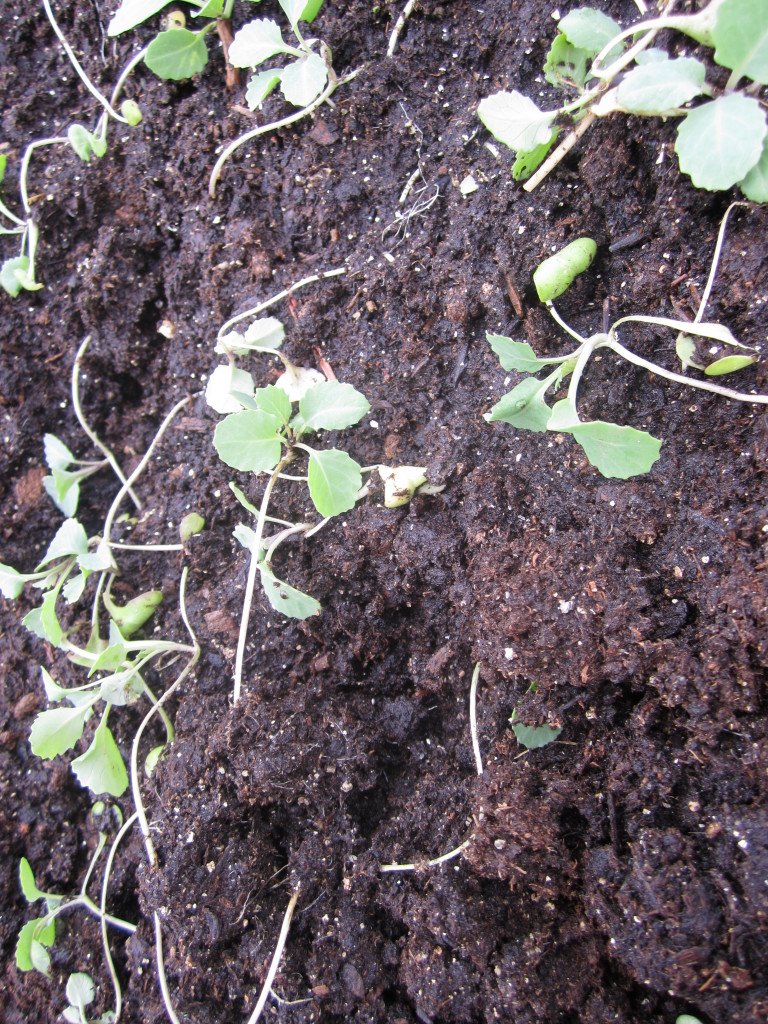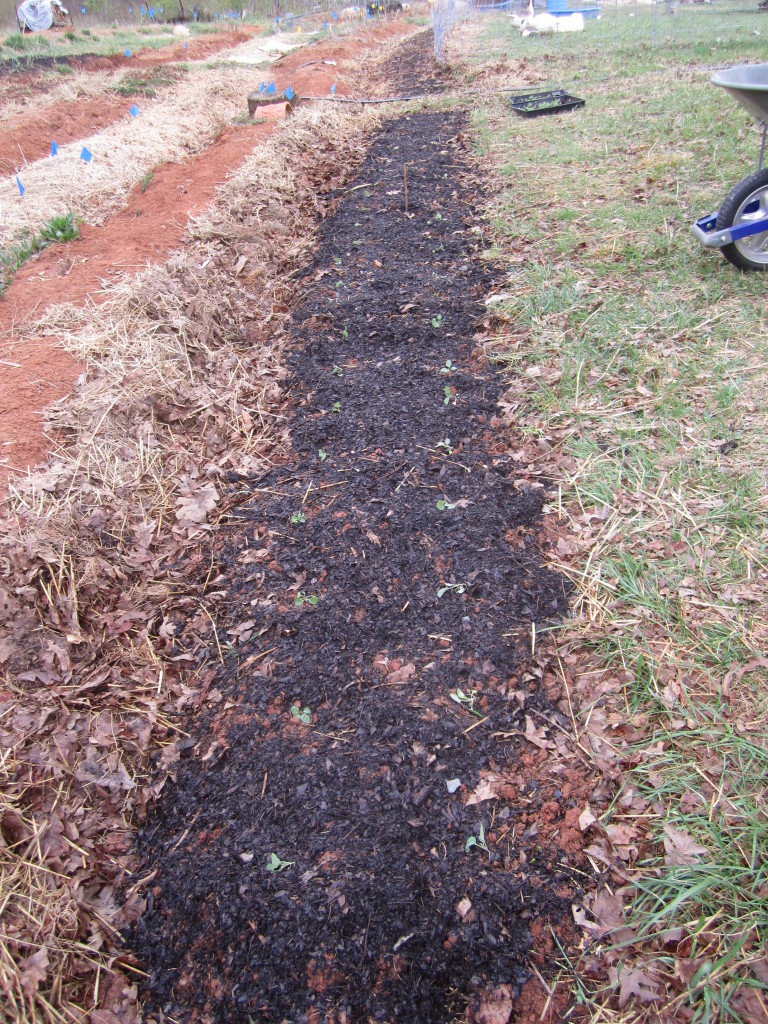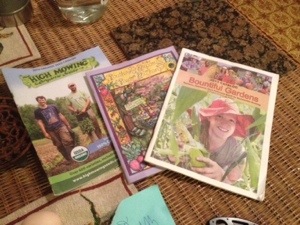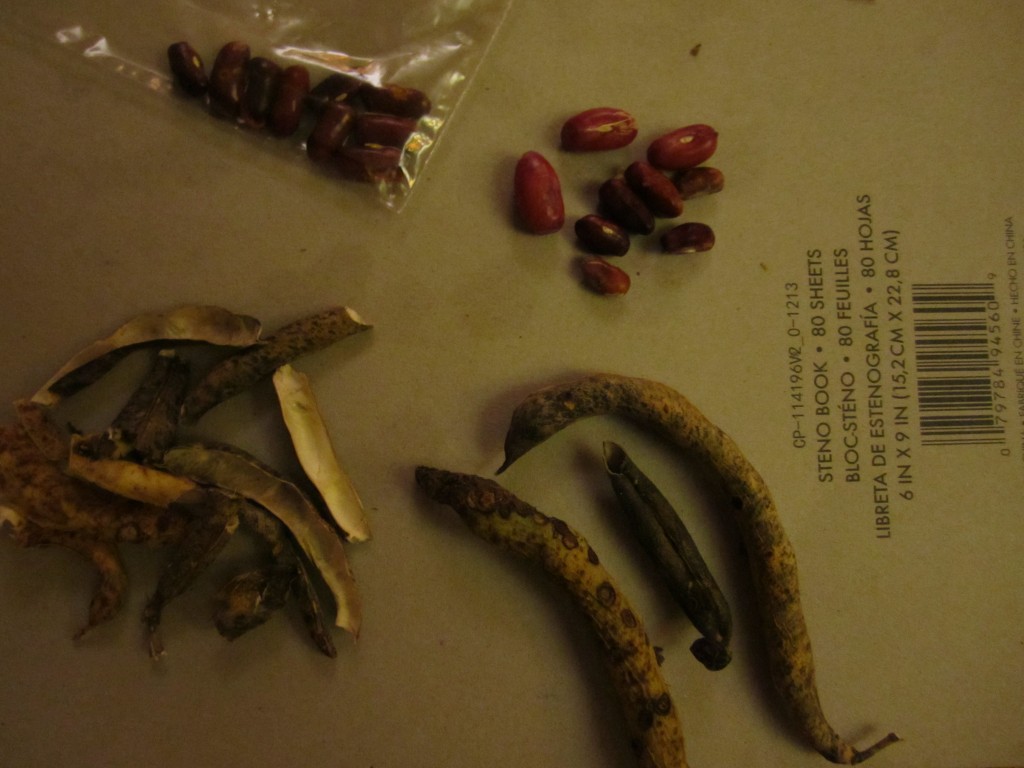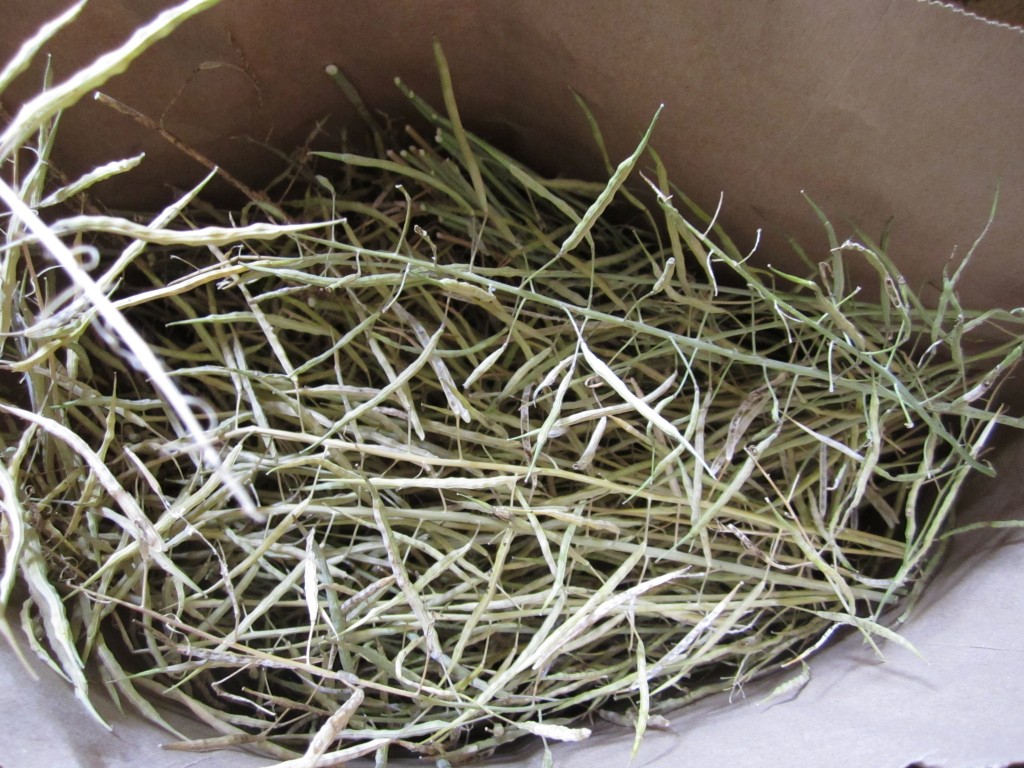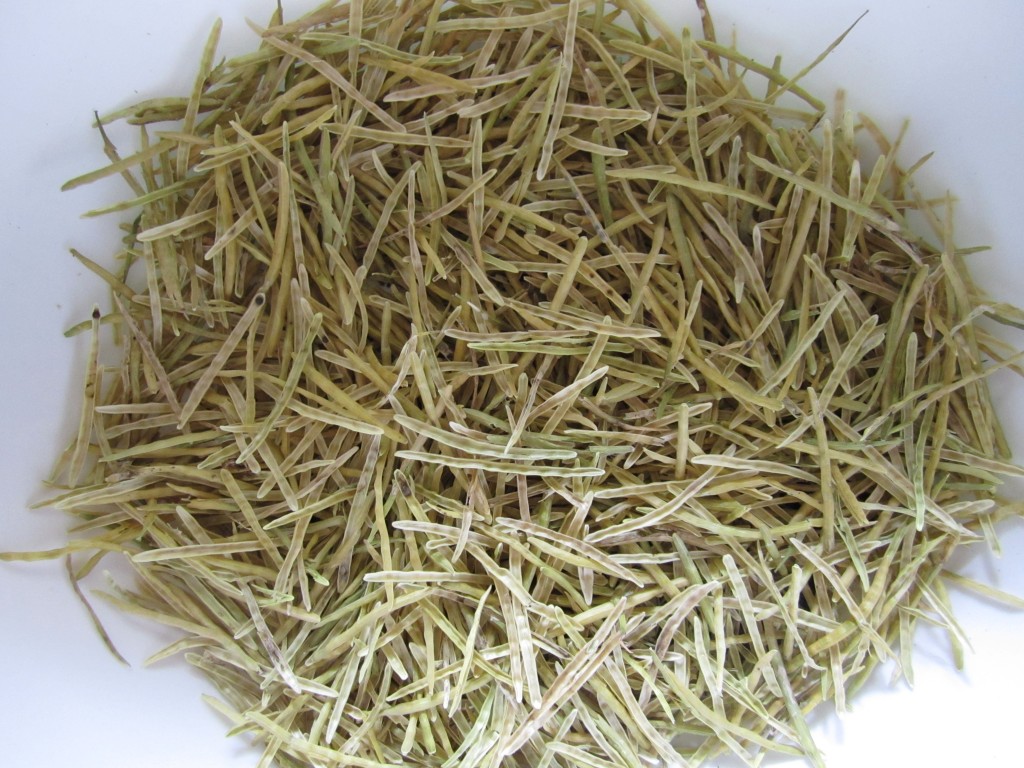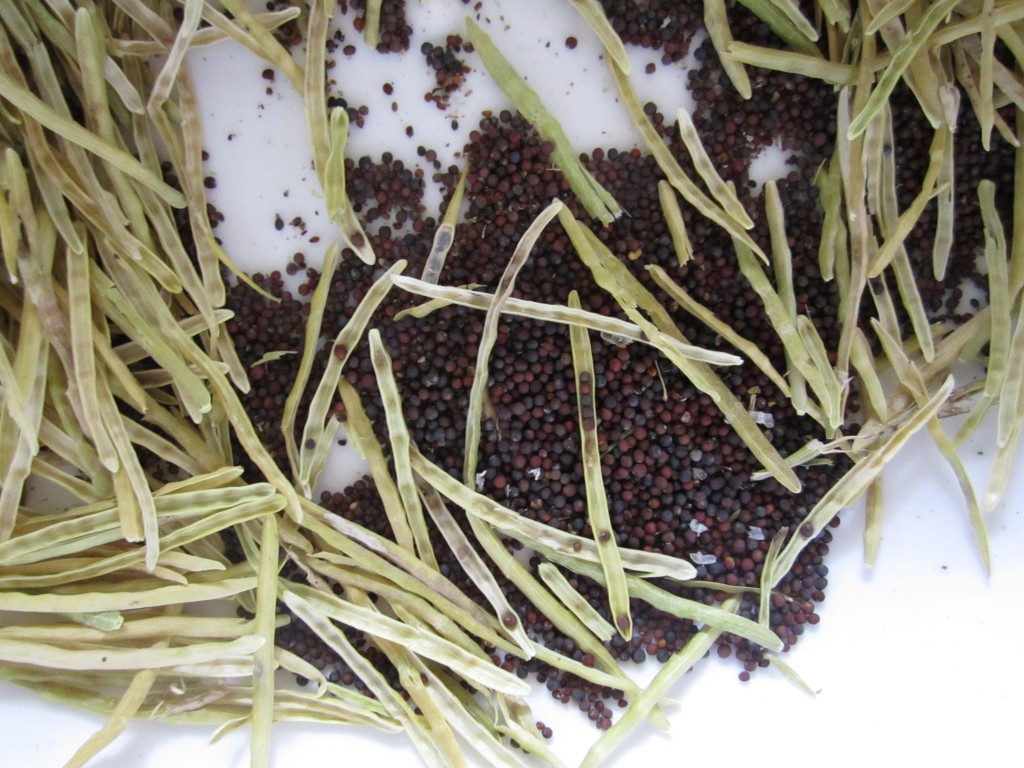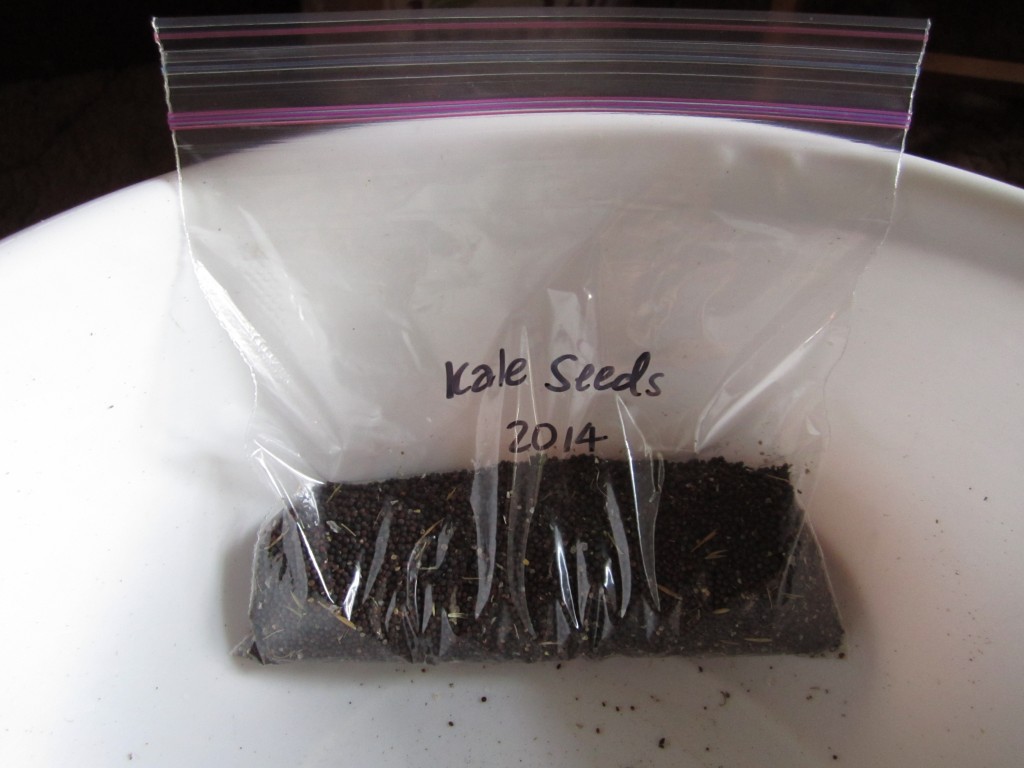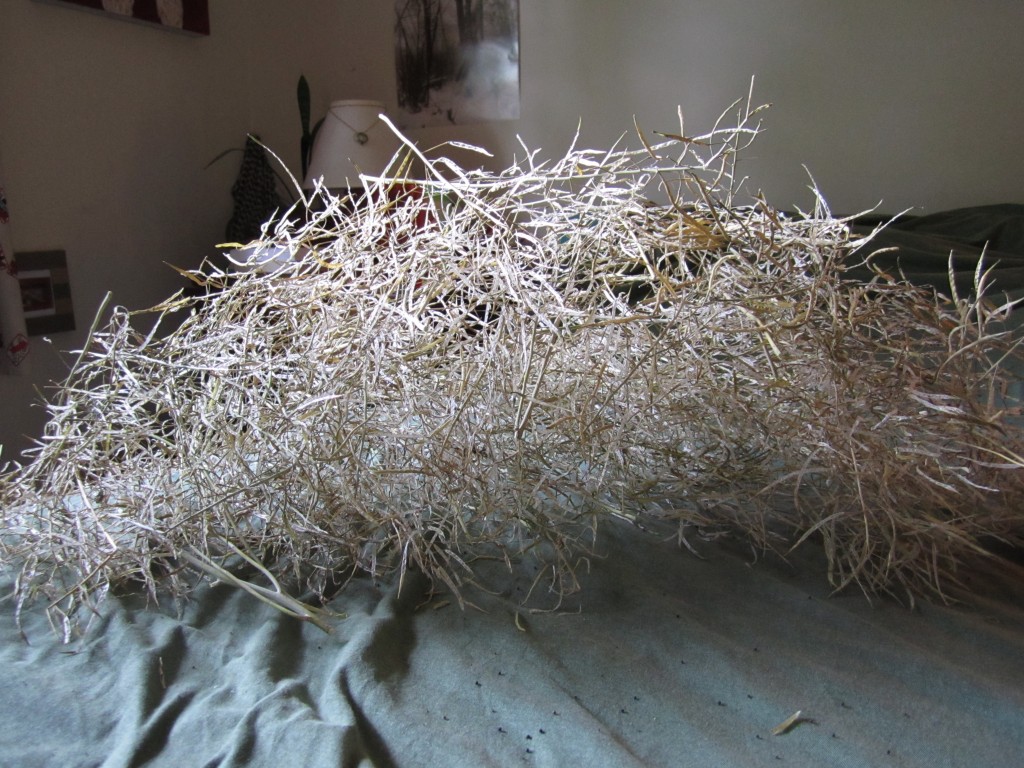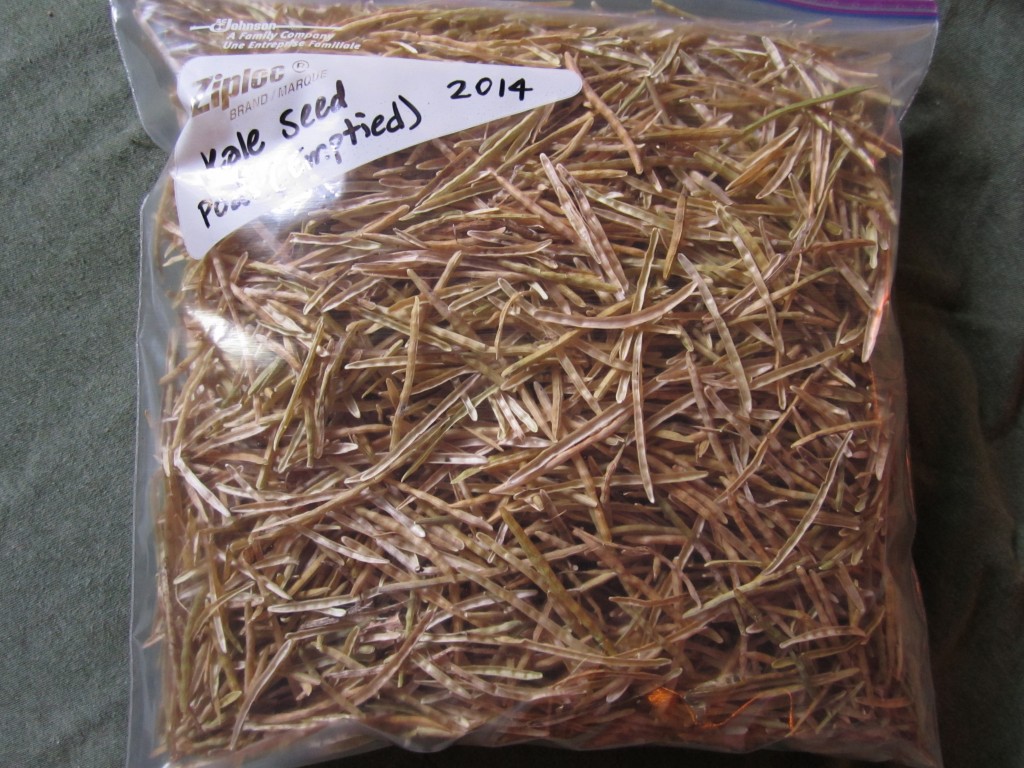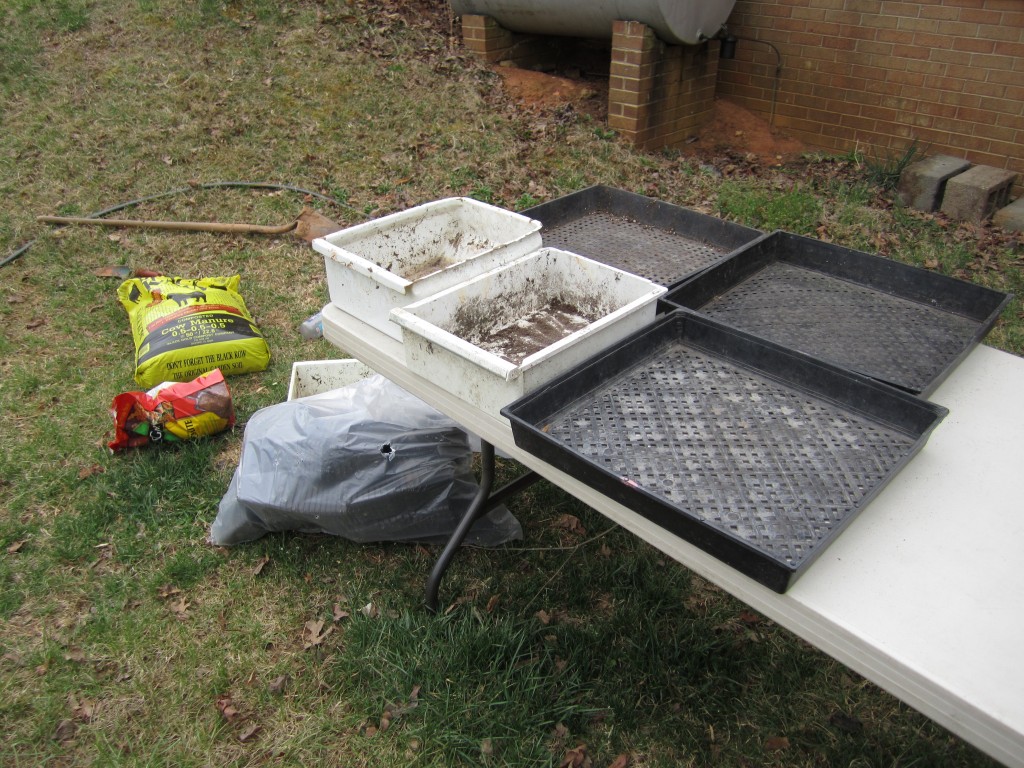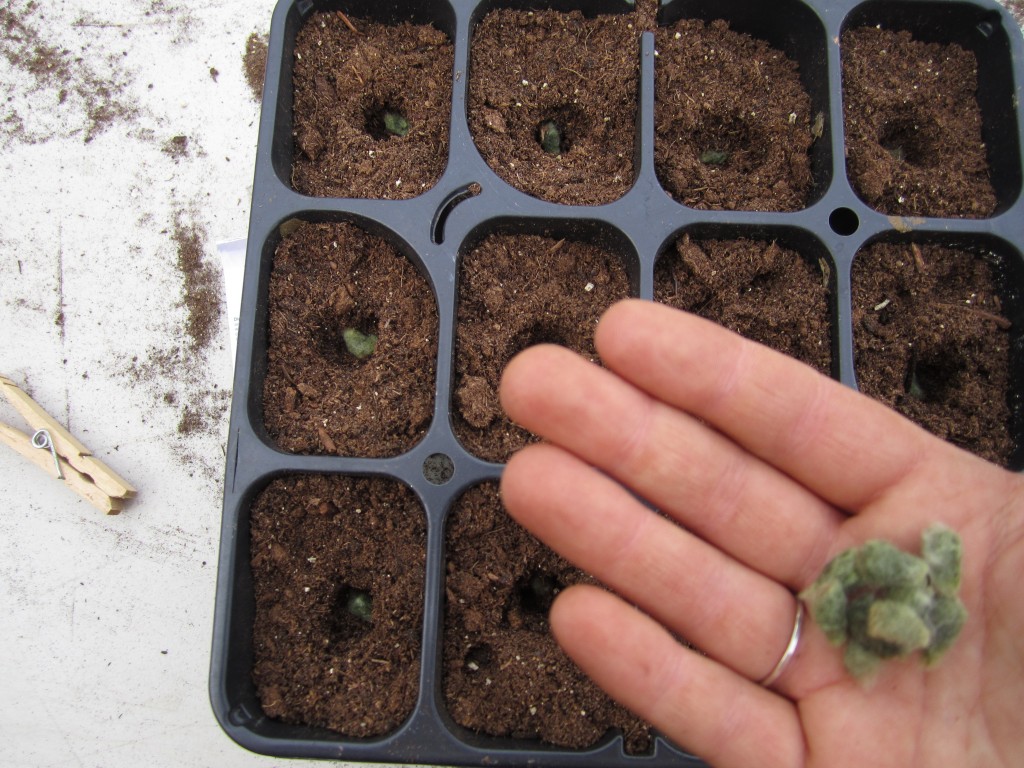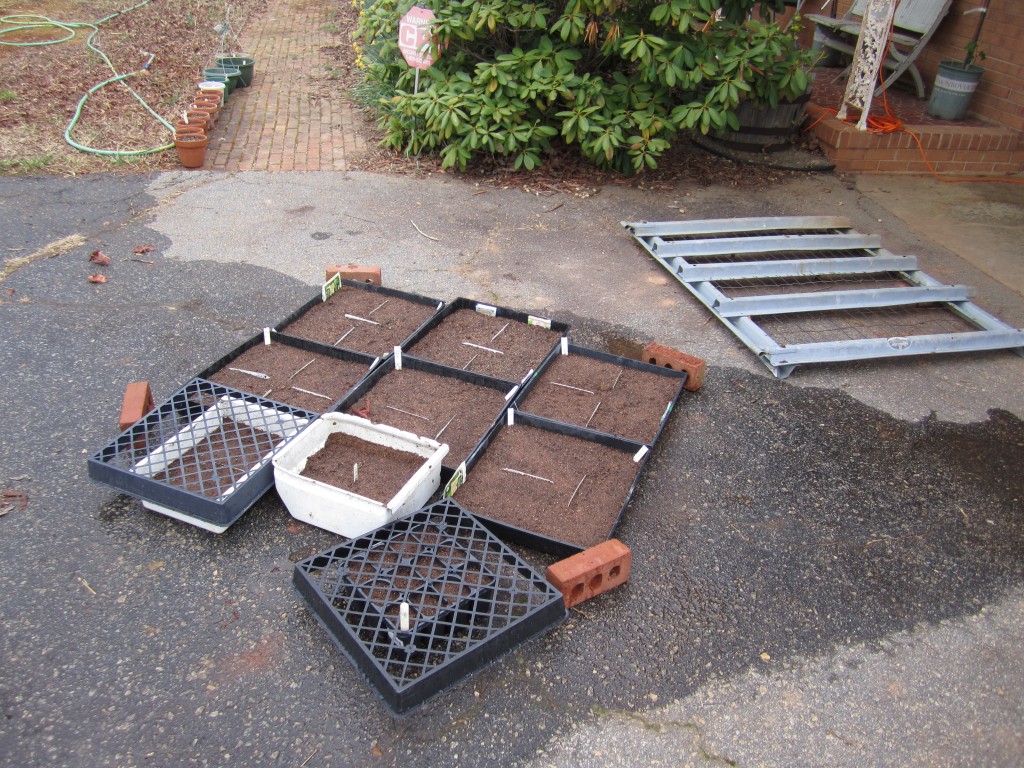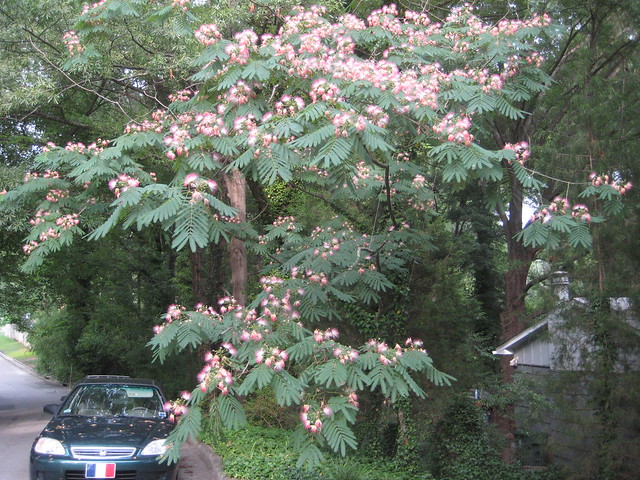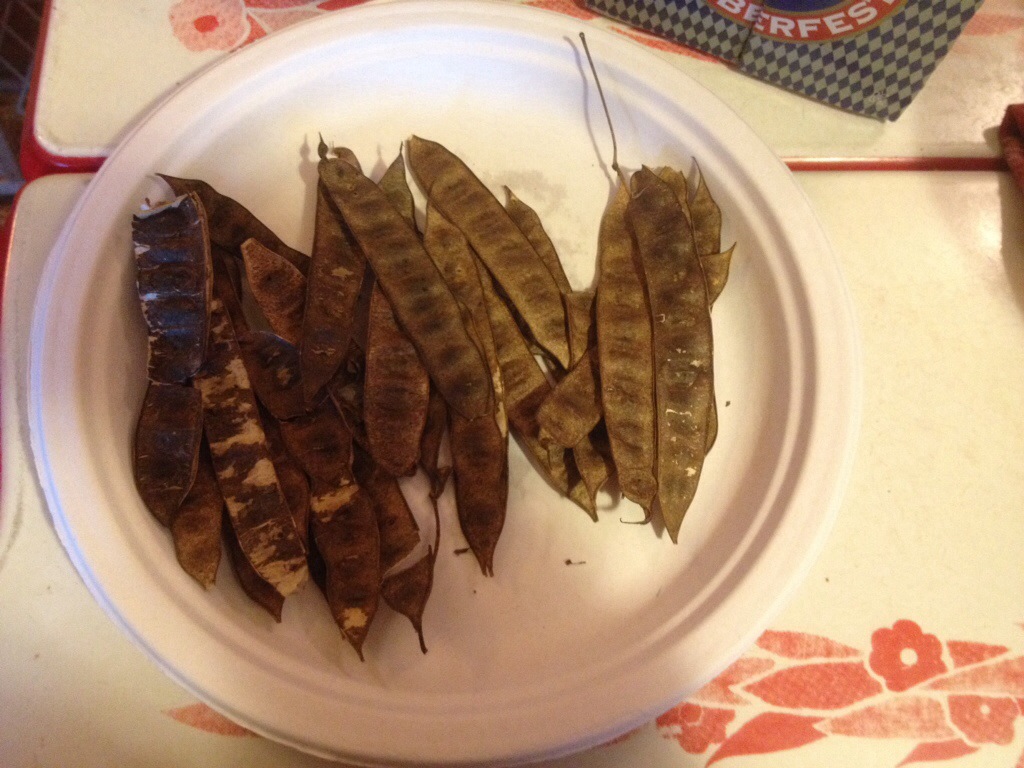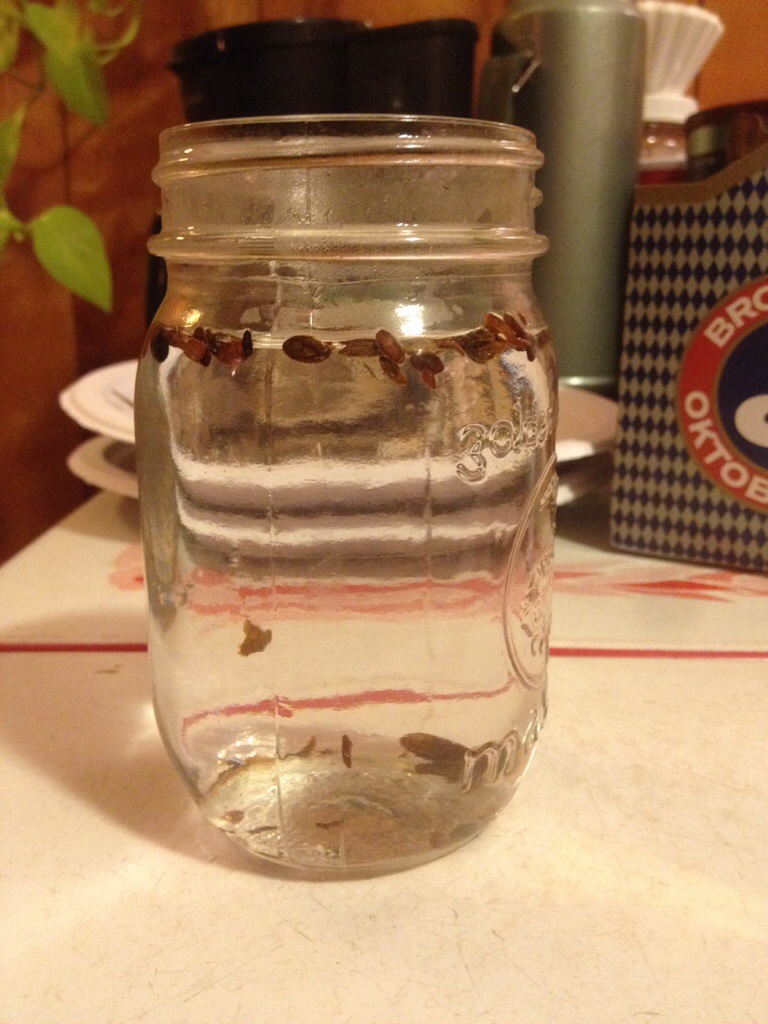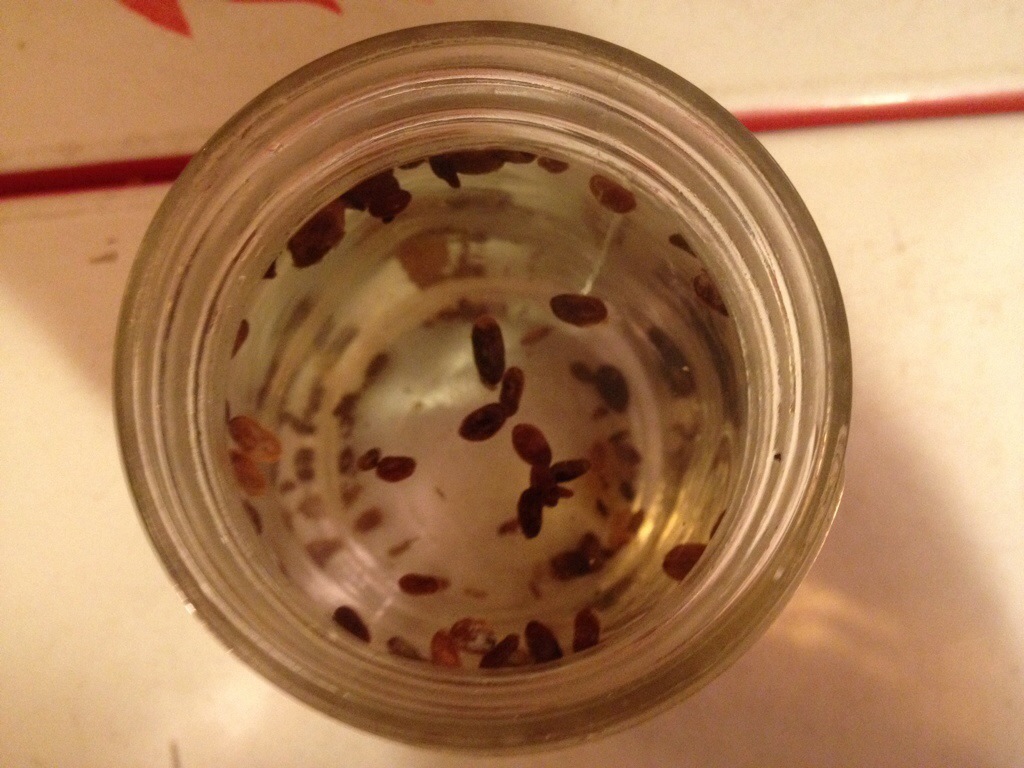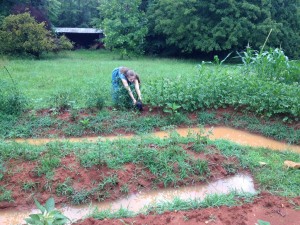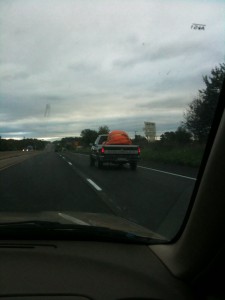Kuska Wiñasun Homestead is ready for spring. It’s been nice enjoying the winter weather and the change of the seasons, but I personally can’t wait to see those first dandelions and clover blossoms. The maples are budding out, but it’s still cold. We got more snow, ice, and sleet today, and it should continue into the morning.
This constant cycle of freezing and thawing should help the seed mix I broadcast this weekend by improving soil contact and moisture. I sowed a nice mix of perennial herbs, annual grains, and a few random vegetables thrown in for fun. The base of the mix was dutch white clover, a low lying leguminous perennial that fixes nitrogen and feeds the bees and chickens. To that I added a good bit of chicory, some plantain, alfalfa, vetch, and lambsquarter. I also mixed in some oats and wheat, as well as a packet of daikon radish, lettuce, spinach, chamomile, broccoli, cilantro, and old packet of yellow squash.
We’ll see what takes and what doesn’t, but there should be more than enough vegetation in the old chicken pens where I over-seeded the mix. If there are any blank spaces, we can follow up with some amaranth, chia, buckwheat, and some more lambsquarter after the soil warms up a bit.
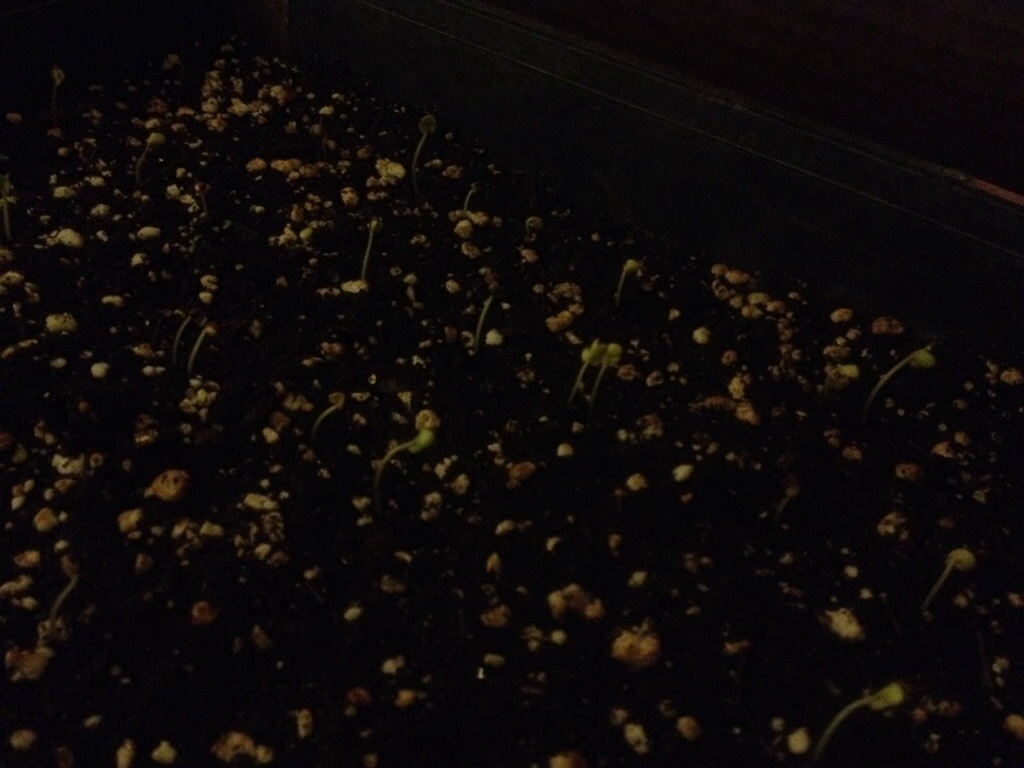
Broccoli and cabbage seedlings starting to germinate.
There’s also been some vegetable seed starting. We have a flat of De Cicco broccoli and White Acre cabbage that has begun to germinate. After they gain some true leaves, and some strength, we’ll transplant them out in the garden for a nice early spring crop, and hopefully get the chance to make some lacto-fermented sauerkraut.
There haven’t been anymore hawk attacks on the chickens but they seem a bit more skittish than usual. We bought a bale of straw today from the feed mill, and they scratched it around all afternoon while they picked out seeds, weeds, and bugs. They’re great mulch spreaders, and a nice layer of manured straw should protect the soil from spring rains, lock up some of the extra nitrogen from the chicken poop, and slowly decompose into wonderful topsoil.
I pruned our dwarf apple trees a few weeks ago and am trying to get some of the cuttings to take root. Apples are normally propagated by grafting, but they can also be grown from cuttings under good conditions. I’m doing a mini experiment, and I have different sizes of cuttings from different trees, some cut below buds, some above buds, and some just tips of growth.
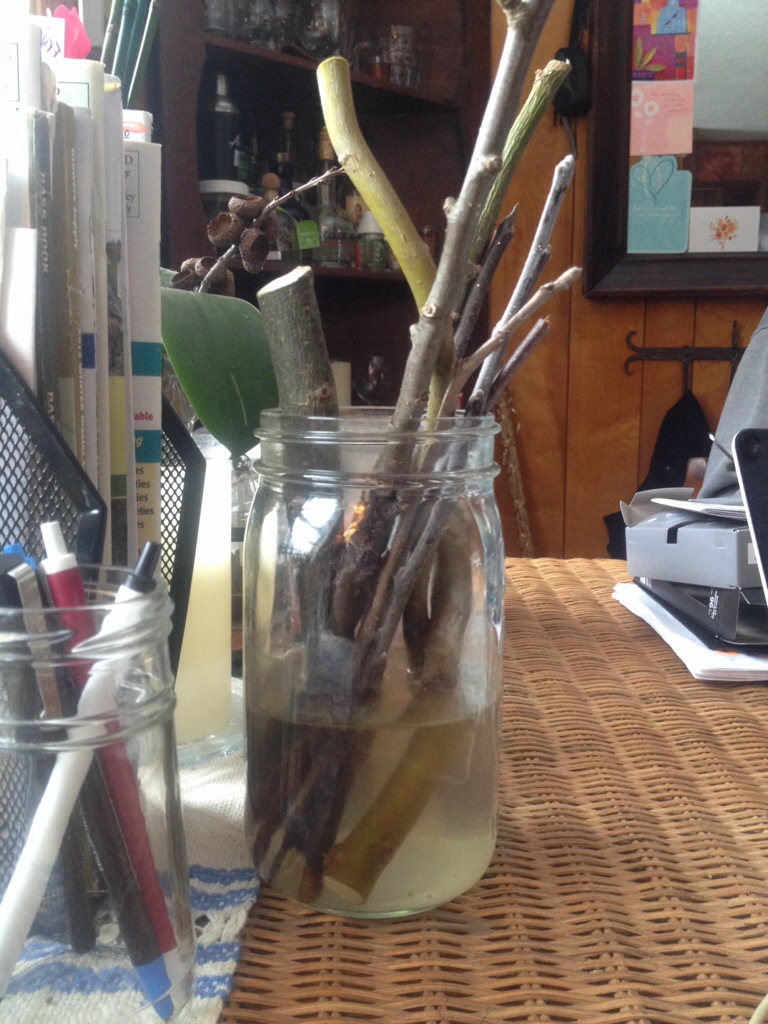
Apple cuttings in water with pieces of willow.
The majority of the cuttings are simply jammed into either our raised garden beds, or into the sides of our garden swales. The rest are on our kitchen table inside the house in a Mason jar filled with water and pieces of willow. The willow contains natural rooting hormones that encourage the growth of root.
The garlic has really perked up the last few weeks. We were worried for a while there that it had gotten too cold too soon for our garlic crop, but that doesn’t seem to be the case. I’ll try to get a picture up soon.
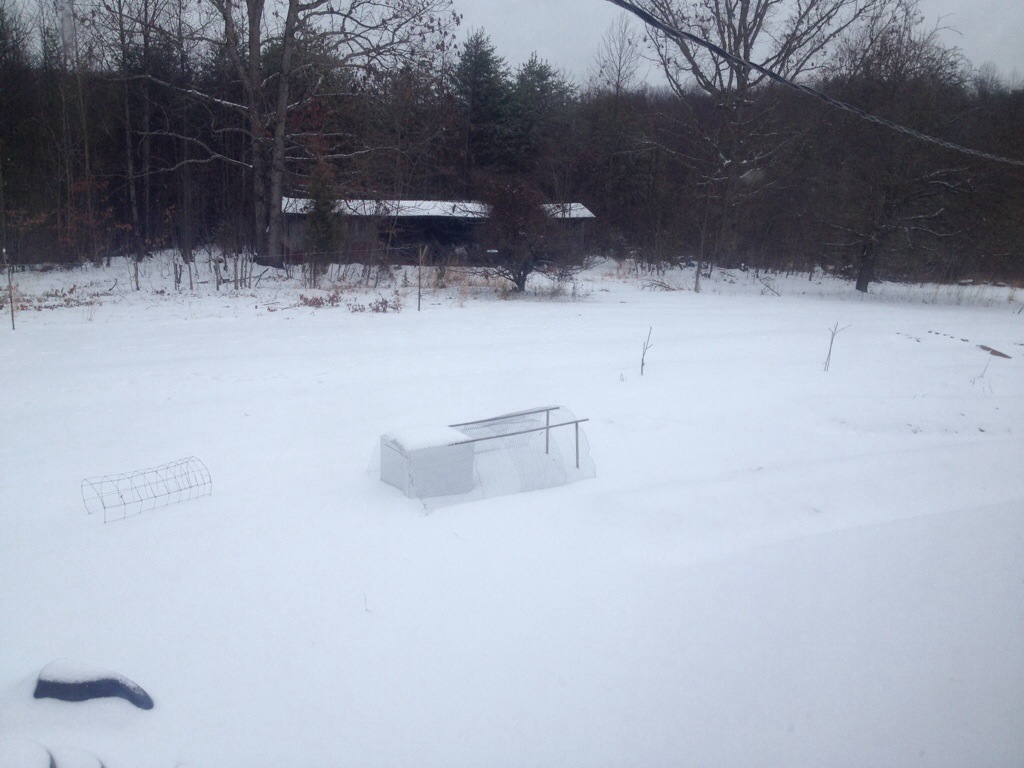
Almost completed chicken tractor in the snow. Those 2 sticks to the right are the dwarf apple trees after a serious pruning.
I’m also almost finished with a new chicken tractor for the bantys. Just a few finishing touches; roost bars, nest boxes, some more chicken wire, and Roosty and his girls will be ready to move in! The timing couldn’t be better, because one of the little hens has gone broody, and wants to sit on eggs and hatch out some chicks! We’ll see, and we’ll keep you updated!
